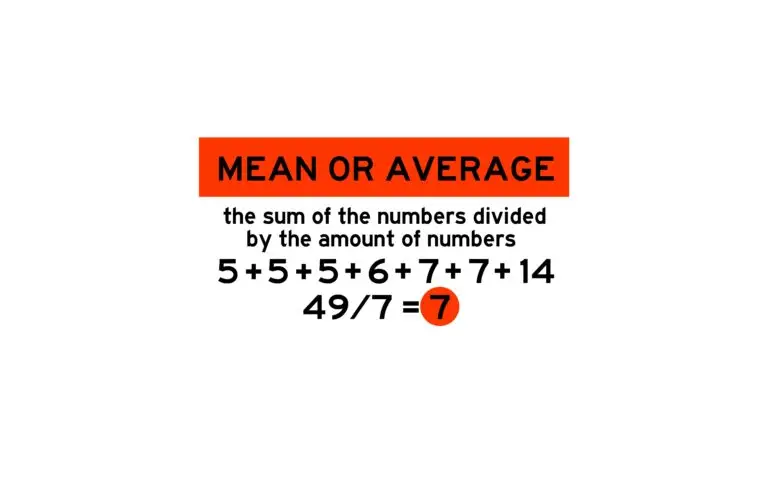Arithmetic Mean

Table of Contents
Calculating Arithmetic Mean
The arithmetic mean is often referred to simply as the mean. It is a measure of central tendency representing the average of a set of numbers. Therefore, it is calculated by summing up all the values in a dataset and dividing the sum by the total number of values.
\Large \bar{x} = \frac{x_1 + x_2 + \ldots + x_n}{n}
Limitations
The arithmetic mean, while widely used to determine the central tendency of a dataset, has certain limitations, particularly in the presence of skewed distributions or outliers. Additionally, the mean might not provide the most meaningful summary for datasets with extreme variability or when dealing with non-quantitative data categories. Here’s a closer look at these limitations and the concept of the weighted mean:
Impact of Skewness and Outliers: In a skewed distribution, the mean is pulled toward the tail, and extreme values (outliers) can disproportionately affect it. For example, in income data where a small number of individuals have extremely high incomes, the mean income might suggest a higher “typical” income than what most people earn.
Inappropriateness for Extreme Variability: When the range of data is very wide, or the distribution has significant variability, the mean might not effectively represent the central location of the data. In such cases, other measures of central tendency, like the median, might be more informative.
Categorical Data: The arithmetic mean is unsuitable for categorical data, where numerical operations like addition and division are not meaningful. For example, averaging categorical data like “red,” “blue,” and “green” would not yield useful information.
Weighted Mean
The weighted mean addresses situations where different data points have different levels of importance or relevance. In calculating a weighted mean:
- Multiply each value in the dataset by a weight that reflects its importance.
- Then, divide the weighted values by the sum of the weights.
The weighted mean is particularly useful when dealing with aggregated data or when certain data points should contribute more to the average due to their greater significance in the dataset. For instance, in education, if different exams have different levels of importance, their scores would be weighted differently when calculating the average grade.
Arithmetic Mean Examples
Mean of a Series of Integers
Suppose we have the set of numbers: 5, 8, 12, 15, and 20. The arithmetic mean is calculated as follows:
\bar{x} = \frac{5 + 8 + 12 + 15 + 20}{5}
\bar{x} = \frac{60}{5}
\bar{x} = 12
Finding a Missing Value
Given the mean 10 and values (8, x, 12), find x:
10 = \frac{8 + x + 12}{3} \implies x = 10
Given the mean 15 and values (6, 15, and x), find x:
15 = \frac{6 + 15 + x}{3} \implies x = 24
Aritmetic Mean Calculator
Instructions: Input a set of numbers to have the mean calculated.
Related Links
Exponent
Absolute Value
Variable
Linear Equation